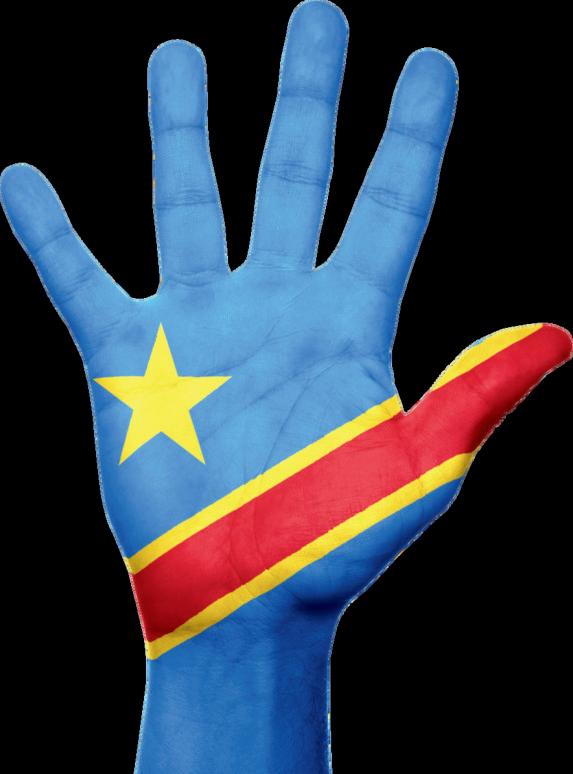
2 minute read
Welcome to Our Winter Issue!
CONGO’S CURSE AND BLESSING: THE WEALTH THAT POWERS THE WORLD
The world needs Congo more than most people realize. From the smartphones in our pockets to the electric cars driving a greener future, the Democratic Republic of Congo (DRC) is at the heart of global progress. It’s not just Congo’s vast mineral wealth coltan, cobalt, gold, and diamonds that powers the world’s technology and industries, but its rich culture, history, and resilience that have shaped global music, art, and fashion. Yet, despite how much the world takes from Congo, it continues to ignore the suffering of its people.
Congo is one of the richest countries on Earth in terms of natural resources, but this wealth has not translated into prosperity for its people. Instead, it has become a curse, fueling conflicts, foreign exploitation, and a cycle of violence that has lasted for decades. The minerals that drive the global economy are the same minerals that have led to the deaths of millions of Congolese in brutal, unrelenting wars.
At the center of Africa, the Democratic Republic of Congo is a place of breathtaking beauty and immeasurable wealth. Its soil is rich with the rare metals that power our modern lives, from the cobalt in electric car batteries to the coltan in smartphones. But as the world reaps the benefits of Congo’s resources, the Congolese people remain trapped in poverty, their land exploited by foreign interests and armed groups that vie for control of its wealth.
Yet, Congo is more than just its minerals. The country has given the world culture and art that transcend borders. Congo gave us rumba, soukous, kwasa kwasa, and the unmistakable rhythms that pulse through Africa and beyond. Its music has been a gift to the world, with legends like Papa Wemba, Koffi Olomide, and Fally Ipupa leaving an indelible mark on global culture. Congo’s La Sape movement, born in the cities of Kinshasa and Brazzaville, has redefined fashion, turning elegance into a form of resistance and pride in the face of colonial oppression. This movement of style and grace continues to inspire even today.










